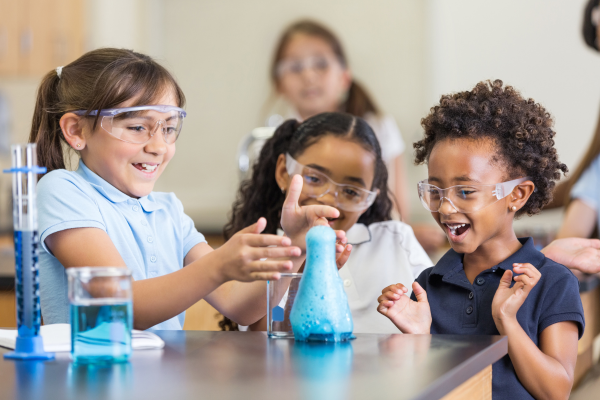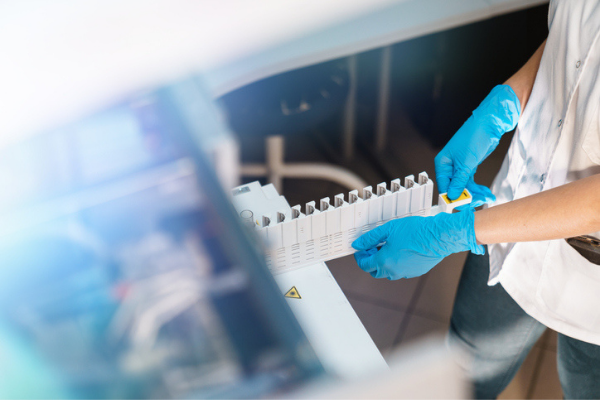By: Nina Notman, special to C&EN
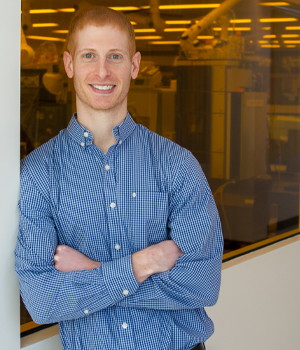
Josh Kaitz has been fascinated with polymer synthesis for over a decade. In 2009, after completing his undergraduate degree in chemistry at the University of North Carolina at Chapel Hill, he joined the start-up Semprus Biosciences. “The company made coatings for medical devices,” explains Kaitz. There, he applied his training in small-molecule synthesis to polymer synthesis.
In 2011, Kaitz returned to academia to complete a PhD in polymer chemistry with Jeffrey Moore at the University of Illinois at Urbana-Champaign. Then, in 2015, he joined the lithography R&D team at the then-Dow semiconductor-technologies site in Marlborough, Mass. The site is now part of DuPont, following the merger between the two firms in 2017 and the subsequent separation.
“We design materials used by semiconductor manufacturers to make computer chips,” Kaitz explains. His focus is high performing memory chips that are able to store more information per unit area. “We develop unique materials and formulations and then collaborate closely with semiconductor manufacturers as they test them and see if they can work,” he says.
What’s the best thing about your job?
In the semiconductor industry product cycles are usually just a couple of years. This means we have really fast paced projects that reach the marketplace quickly, and we are frequently starting something new.
What is your proudest career moment to date?
We found out last year that one of the materials we had been developing was going to be used in a next-generation computer chip. It was very cool to be a part of that.
What is your favorite polymer?
Poly(phthalaldehyde). I worked on it in grad school for four years. It can be triggered to degrade back into the monomer on command so people talk about using it and similar types of materials to reduce plastic pollution.
Is there anything in the lab that you can't live without?
My colleagues. The people here are the best people I've ever worked with. Chatting with them while doing work definitely makes the day a lot more fun.
Who inspired you to become a chemist?
The most influential person was my first boss at the start-up company: Chad Huval. He mentored me and inspired me to go to grad school.
How would your friends introduce you to others?
I think they’d describe me as a very passionate scientist who is intellectually curious and likes to have fun.
What is your dream computer?
Whatever the newest iPhone is. I don't use a laptop very often outside of work.
What do you like to do outside of the lab?
Anything active, especially team sports. I'm on a couple of different basketball teams. I’ve started playing ultimate Frisbee and golf. I play soccer too.
What are you reading at the moment?
I just finished reading The Three-Body Problem. It's a sci-fi trilogy series, and it’s pretty amazing.
Nina Notman is a freelance writer based in the UK. This interview was edited for length and clarity.
Copyright 2020 American Chemical Society (All Rights Reserved)

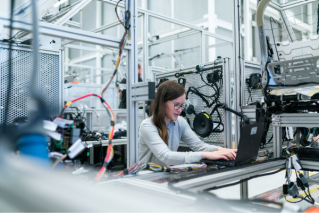

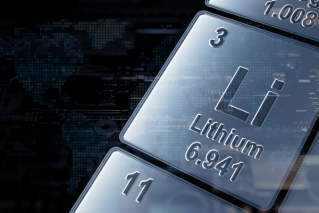
/bridget-wooley-600x400px.png)
